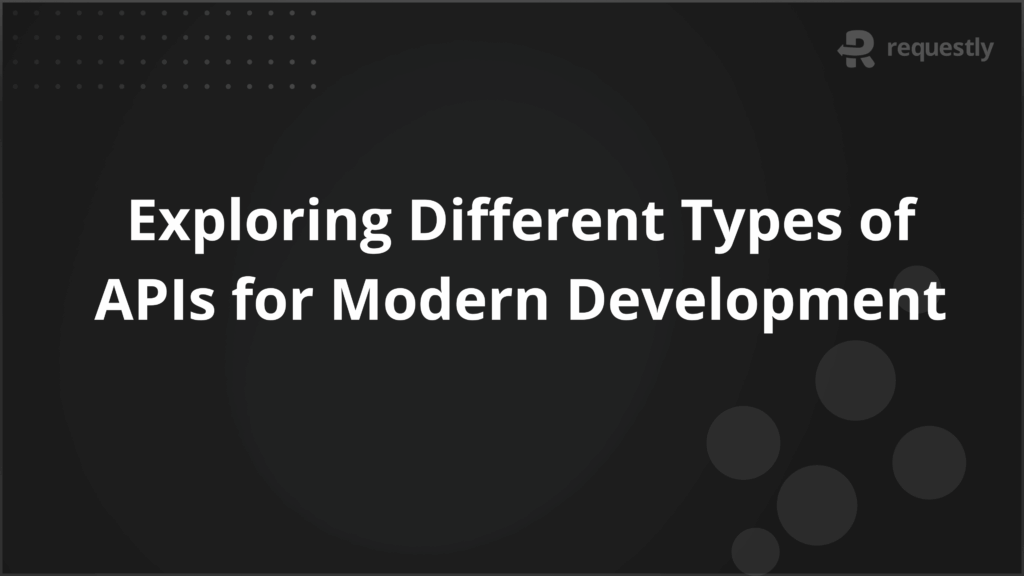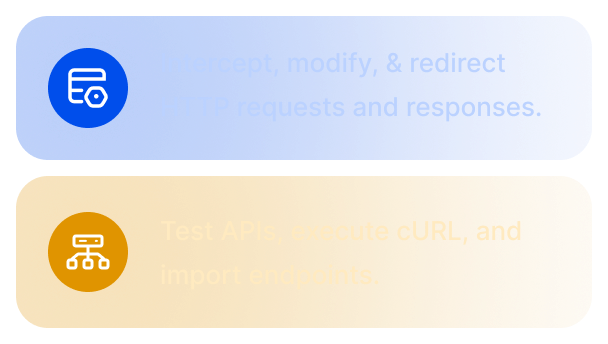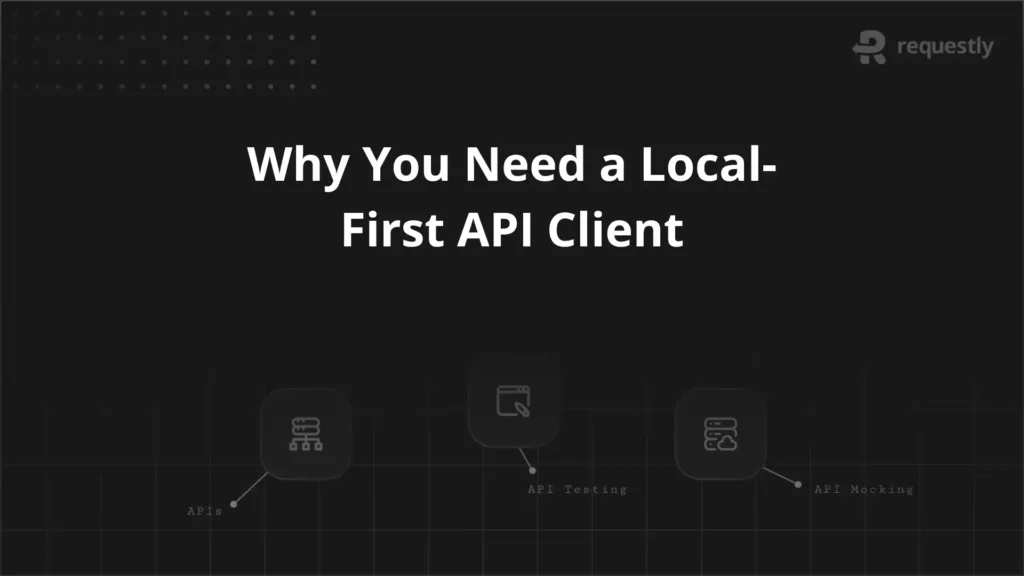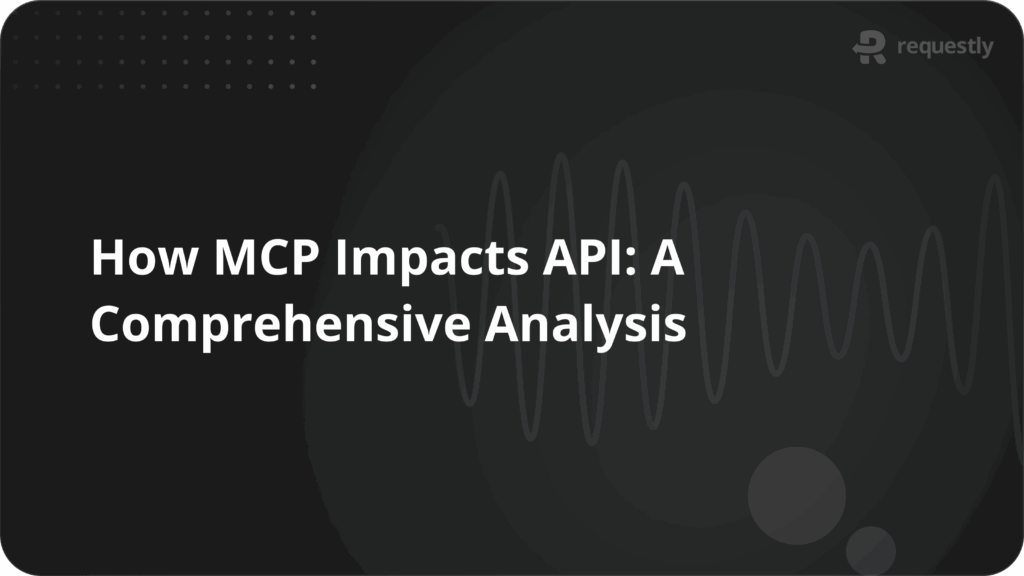Exploring Different Types of APIs for Modern Development


Application Programming Interfaces (APIs) are at the heart of modern web development and software integration. APIs allow different software systems to communicate with each other, enabling the seamless exchange of data and functionality. With the proliferation of technologies, tools, and platforms, APIs have become more complex and specialized, making it crucial for developers and businesses to understand the various types of APIs available.
This article explores the different types of APIs based on factors such as audience, protocol, architecture, and business logic. Additionally, we’ll look at how to choose the right API type, explore real-world applications, and discuss some of the common challenges faced when working with APIs.
Types of APIs by Audience
APIs can be categorized based on the intended audience. The audience determines how an API is designed, its documentation, and its access level.
1. Open APIs (External APIs)
Open APIs are publicly accessible and are often designed for external developers. These APIs allow third-party developers to interact with a platform or service, enabling a wide range of use cases. For example, a social media platform might offer an open API for developers to integrate social sharing features into their apps.
Example: Twitter API allows third-party apps to fetch and post tweets.
2. Partner APIs
Partner APIs are shared with specific partners or collaborators. These APIs are typically used in business-to-business (B2B) contexts and require access tokens for authentication. Partner APIs are often used to enable integrations between different organizations’ platforms or systems.
Example: Salesforce API for integrating customer relationship management (CRM) features with other enterprise systems.
3. Internal APIs (Private APIs)
Internal APIs are used exclusively within an organization. These are not intended for external use, and are typically used to improve workflow, system integration, or data sharing between internal teams and systems.
Example: A company’s internal API that connects the marketing and sales departments’ tools for automated data sharing.
4. Composite APIs
Composite APIs allow developers to access multiple endpoints in a single call. These APIs are particularly useful in microservices architectures where a single operation might require data from multiple services.
Example: Amazon Web Services (AWS) APIs that allow you to query multiple AWS services in a single API call.
Types of APIs by Protocol/Architecture
APIs can also be classified by the underlying protocol or architecture they follow. The protocol determines the communication between the client and the server, while the architecture defines how the API is structured.
1. REST APIs (Representational State Transfer)
REST APIs are the most common type of API, known for their simplicity and scalability. These APIs use HTTP methods like GET, POST, PUT, DELETE, and PATCH to perform operations on resources, typically in JSON or XML format. REST APIs are stateless, meaning each request from a client contains all the information the server needs to understand and process the request.
Example: GitHub REST API allows developers to interact with GitHub repositories and perform actions like creating issues, forking repositories, and more.
2. SOAP APIs (Simple Object Access Protocol)
SOAP APIs use XML as the message format and follow a strict standard. They provide higher security features and formal contracts (WSDL) for communication, making them ideal for applications requiring higher reliability, security, and transactional integrity.
Example: PayPal API for secure online payment processing typically uses SOAP for communication in financial transactions.
3. GraphQL APIs
GraphQL is a query language for APIs, enabling clients to request specific data, making it more efficient than REST in many cases. It allows clients to ask for exactly what they need and nothing more, reducing the number of requests and payload sizes.
Example: GitHub GraphQL API allows for highly customized queries to fetch exactly the data needed, reducing the over-fetching problem common with REST APIs.
4. gRPC (Google Remote Procedure Call)
gRPC is a high-performance, open-source, and language-agnostic RPC (Remote Procedure Call) framework that uses HTTP/2 for transport, Protocol Buffers as the interface definition language (IDL), and provides features like bidirectional streaming and multiplexing. It’s ideal for scenarios requiring fast and reliable communication between services.
Example: Google Cloud APIs that need high throughput and low-latency communication can leverage gRPC for efficient data transfer.
5. WebSocket APIs
WebSocket APIs provide full-duplex communication channels over a single TCP connection. This type of API is used for real-time applications like messaging apps or live data feeds, as it allows both client and server to send and receive messages in real time.
Example: Slack API uses WebSockets for real-time messaging in the platform.
Specialized API Types
In addition to the typical classifications mentioned above, there are specialized API types tailored to specific use cases or industries.
1. Webhooks
Webhooks are APIs that allow one system to notify another when a specific event occurs. These are used for event-driven architectures, where the server sends a POST request to a predefined URL whenever an event triggers the webhook.
Example: Stripe Webhooks notify merchants about events like successful payments, refunds, or disputes.
2. Streaming APIs
Streaming APIs are designed to handle continuous data flows, allowing real-time processing of events or large data sets. These APIs are commonly used in applications requiring live updates, such as financial trading platforms or sports score apps.
Example: Twitter Streaming API allows real-time monitoring of tweets based on specified filters like hashtags or user accounts.
3. Batch APIs
Batch APIs allow for the processing of large sets of data in batches. They are often used in systems that need to process data asynchronously and return a response after processing a collection of data.
Example: Google Cloud Storage API supports batch operations to upload, delete, and retrieve large numbers of objects in one API call.
API Types by Business Logic (API-Led Connectivity)
APIs can also be categorized based on their role in the business logic and connectivity architecture of an organization. This categorization is particularly useful for designing scalable and modular systems.
1. Experience APIs
Experience APIs are used to present data in a format that meets the specific needs of the client application. They are designed to ensure that the user experience is tailored to the interface (web, mobile, IoT, etc.) through custom data views.
Example: Uber API provides different endpoints for drivers and riders, ensuring tailored experiences for each user type.
2. Process APIs
Process APIs are designed to manage and orchestrate business processes. These APIs provide the necessary functions to process data and connect different systems or services in an enterprise.
Example: SAP Process API helps connect backend systems to provide seamless data for various business processes.
3. System APIs
System APIs enable communication with legacy systems, databases, and other infrastructure components. They provide a way to access the underlying data and services in a standardized way.
Example: Oracle Database API allows access to data stored in Oracle databases for integration with other systems.
How to Choose the Right API Type
Choosing the right API type depends on various factors such as your audience, use case, required protocols, and system architecture. Here are a few considerations:
- Audience Requirements: If you’re targeting external developers, open APIs are ideal. For internal team use, internal APIs are the right choice.
- Protocol and Architecture: If you need real-time communication, WebSockets or gRPC may be the best fit. For simpler web services, REST or GraphQL might suffice.
- Business Logic: Depending on the complexity of your business logic, you might choose experience, process, or system APIs.
Real-World Applications of Different API Types
APIs are used in a variety of industries, from e-commerce and finance to healthcare and entertainment. Here are a few examples of how different API types are applied:
- REST APIs for integrating third-party services like payment processors (e.g., PayPal API).
- SOAP APIs for secure financial transactions (e.g., SWIFT banking APIs).
- Webhooks for real-time event notifications (e.g., Stripe’s webhook for payment events).
- GraphQL APIs for fetching tailored data on e-commerce platforms (e.g., Shopify’s GraphQL API).
Common Challenges With APIs
Despite their widespread adoption, APIs come with their own set of challenges, including:
- Security Risks: Ensuring secure API communication, especially when dealing with sensitive data.
- Versioning: Handling different versions of an API can complicate maintenance and integration.
- Latency and Performance: Optimizing APIs for fast performance and minimal latency, especially for mobile and real-time applications.
- Documentation: Ensuring clear, up-to-date, and comprehensive API documentation for ease of use by developers.
Why Choose Requestly for API Testing?
When it comes to testing APIs, Requestly offers a powerful HTTP Interceptor tool that allows developers to inspect, modify, and test API requests and responses in real time. This tool is especially useful when you need to debug API calls, simulate different request scenarios, or test various encoding methods for APIs.
With Requestly, you can:
- Intercept API traffic to inspect headers and bodies.
- Simulate request modifications and test server responses.
- Debug issues related to APIs, such as incorrect encoding or missing headers.
Requestly’s powerful suite of features makes API testing faster and more efficient, ensuring that your APIs are performing optimally before going live.
Conclusion
APIs are an essential part of modern software development and integration. Understanding the different types of APIs and how they work can help you make informed decisions on which to use for your project. Whether you’re building public-facing applications, integrating backend systems, or managing internal workflows, there’s an API type suited to your needs.
FAQs About API Types
1. What is the most common type of API?
REST APIs are the most commonly used API type due to their simplicity and ease of integration with web services.
2. What is the difference between REST and SOAP?
REST is lightweight and uses standard HTTP methods, while SOAP is more rigid and uses XML for communication, making it better suited for enterprise systems requiring high security.
3. What are the advantages of GraphQL?
GraphQL allows clients to request only the data they need, reducing over-fetching and improving performance.
4. How do Webhooks differ from APIs?
Webhooks are event-driven, sending data automatically when an event occurs, whereas APIs typically require a client to make a request for data.
5. Why is API security important?
API security ensures that sensitive data is protected from unauthorized access and that APIs are resilient against attacks like DDoS and injection attacks.

Contents
- Types of APIs by Audience
- Types of APIs by Protocol/Architecture
- Specialized API Types
- API Types by Business Logic (API-Led Connectivity)
- How to Choose the Right API Type
- Real-World Applications of Different API Types
- Common Challenges With APIs
- Why Choose Requestly for API Testing?
- Conclusion
- FAQs About API Types
Subscribe for latest updates
Share this article
Related posts























